10 practical tips to sell more?

There are numerous ideas and suggestions on how to increase sales, but it is essential to focus on a few key elements:
- The sales process
- The sales techniques applied
Selling more means improving your ability to successfully close more deals, thanks to a well-structured sales process and the use of the most effective sales techniques. The good news is that these skills can be learned and refined over time.
However, it is important to know that closing a sale is one of the most complex aspects to master, even for those with experience in the field.
I decided to write this post to provide you with a series of practical tips on how to sell more, based on clear and concrete principles.
How to sell more? 10 practical tips
These suggestions are designed for salespeople, professionals, consultants, and entrepreneurs who want to increase the number of closures in their negotiations:
1. Always ask for the close
Asking for the sale may seem like an obvious step, but surprisingly, many salespeople avoid doing so. Even when the proposal perfectly matches the client's needs, many professionals don’t take the final step and openly ask the client to close the deal. This might seem counterintuitive, but a surprising statistic reveals that 81% of the time, salespeople avoid asking for the close. This happens for various reasons: fear of rejection, uncertainty about how the client will react, or simply a lack of confidence at the critical moment.
However, asking for the close is essential. In many cases, the client is waiting for the salesperson to guide them toward a decision. Your proposal might be perfect, but if you don't clearly steer the conversation toward a conclusion, you risk leaving the client in indecision, causing them to delay or even avoid the final decision altogether. Not asking for the close means missing the most important part of the sale: the result.
The key to success lies in timing. You shouldn't ask for the close too early, as this may make the process feel rushed or give the client the impression that they are being pressured. On the other hand, waiting too long can raise doubts and uncertainties, giving the client time to reconsider or explore other options. The right time to ask for the close is when the client has clearly understood the value of your offer and has shown positivity and receptivity towards the proposal.
A useful technique for asking for the close is to do so naturally, through questions that invite the client to take the next step. For example, phrases like "It seems like we’re on the same page. How would you like to proceed from here?" or "What do you think about starting with this plan?" are effective ways to lead the client to a final decision without forcing it. These approaches demonstrate that you have confidence in your proposal and create a collaborative rather than competitive environment.
2. Timing the close
Timing is critical when it comes to closing a sale. It’s not enough to have a solid proposal or an excellent product; you also need to know when is the right time to take the final step. The ideal close happens when the client has clearly perceived the value of your offer and understands how it can solve their problems or improve their situation.
An experienced salesperson can recognize the signals that indicate the client is ready to close. These signals may be verbal, such as specific questions about operational details or purchasing conditions, or non-verbal, like a more relaxed attitude or a posture that indicates openness and availability. When you sense that the client is ready, it’s time to act.
Asking for the close too early may give the impression that you haven’t fully understood the client's needs, undermining your credibility. Conversely, waiting too long might give the client the impression that there are uncertainties or something missing in the offer. The perfect moment to close is when there’s a favorable atmosphere, where the client recognizes a concrete benefit and has clearly understood the value of the proposal.
3. Slow down when necessary and focus on the benefits
Even when the negotiation seems to be going well, it’s important not to rush the process. The desire to close quickly can be understandable, especially if you feel the client is close to a decision, but rushing could prove counterproductive. The client must perceive that you are genuinely interested in meeting their needs and not simply focused on the close.
Slowing down when necessary allows you to build a stronger relationship with the client. This extra time helps you build trust and reinforces the perception that you are a credible professional, genuinely interested in their success. The client should feel at the center of the negotiation, knowing that you are focused on their benefits and the results they can achieve through your solution, rather than the act of closing the sale itself.
Ensure you follow a sales process that respects the client’s timing and allows you to emphasize the benefits of your proposal at every stage. It’s not enough to just aim for the close; you must ensure that the client feels accompanied and understood throughout the decision-making process.
4. Help the client overcome objections
Objections are a normal part of the sales process. Almost every client will have questions, doubts, or concerns before making a decision. However, these objections should not be seen as insurmountable obstacles, but rather as opportunities to better understand the client and refine your proposal further.
The salesperson’s job is not to avoid objections or "bypass" them, but rather to help the client overcome them. The key to doing this is by asking effective questions that allow you to understand exactly what concerns the client and to address those concerns clearly and transparently. Questions like "Can you tell me more about what worries you regarding this aspect?" allow you to open a constructive dialogue and offer targeted responses that reduce the client’s uncertainty.
Overcoming objections doesn’t mean forcing the client to change their mind but creating an environment where they feel safe and informed, allowing them to make a more confident and calm decision.
5. Use questions to uncover real needs
Questions are one of the most powerful tools a salesperson has. Not only do they allow you to gather essential information, but they also help you build a trusting relationship with the client. When you ask the right questions, you show that you are genuinely interested in understanding their needs rather than just selling a product.
Instead of giving monologues or endless presentations, focus on having a conversation with the client, actively listening to their responses. Open-ended questions are particularly useful for this purpose: "What are your main goals for the coming year?" or "What challenges are you facing right now?" These types of questions not only allow you to gather valuable information but also emotionally engage the client, making them more involved in the sales process.
When you truly understand the client’s needs, you can tailor your proposal accordingly, making it more relevant and increasing the chances of a successful close.
6. Let the client express their needs
One of the best sales strategies is to allow the client to freely express their needs and desires. Questions like "How can I help you?" or "What are you looking for in a solution like this?" are simple but effective ways to invite the client to share their requirements. This professional approach not only puts the client at ease but also encourages them to tell you exactly what they need.
When the client expresses their needs, they provide you with valuable information that makes the sale much easier. Knowing exactly what they are looking for allows you to present your offer in a way that directly addresses their expectations. This not only makes the sales process smoother but significantly increases the likelihood of success since the client perceives that your proposal is perfectly aligned with their needs.
7. Anticipate objections
An experienced salesperson knows that passively waiting for the client to express doubts or objections can be risky. Waiting until the last moment to address concerns could mean addressing them too late, when the client is already mentally detached from the proposal. It is much more effective to anticipate objections and proactively address them during the conversation.
Anticipating objections means understanding what the most common concerns related to your offer are and addressing them before the client raises them. For example, if you know that price might be a sticking point, you can talk about the value your solution offers in terms of return on investment. This not only demonstrates your preparation but also reduces the client’s anxiety, as they will feel that their main concerns have already been addressed.
8. Don’t focus only on the result
Although your ultimate goal is to close the sale, focusing exclusively on this result can cause you to lose sight of important details. During a meeting with a potential client, it is essential to keep your attention on the process, not the close. A well-structured sales process allows you to discover the criteria on which the client will base their decision and what their true priorities are.
By following the process, you will be able to build trust and provide relevant answers rather than pushing for a rushed conclusion. When you focus too much on the close, you risk appearing rushed or too aggressive, which could put the client on the defensive. Instead, a patient and methodical approach will lead to a natural close, based on mutual understanding.
9. Become a trusted advisor
Sales should not be seen as just a financial transaction, but as the beginning of a trust-based relationship. If the client feels that you are there just to sell, they might feel manipulated or pushed into making a decision. On the other hand, if you can position yourself as an advisor, someone who is truly interested in their success, the client will see you as a reliable partner.
A trusted advisor listens, advises, and provides solutions that meet the client's real needs, even if this means, in some cases, advising against a purchase. This honesty and integrity strengthen trust and can lead to long-term collaborations, referrals, and further sales opportunities.
10. Use silence as a closing tool
Silence is one of the most powerful tools a salesperson has, but it’s also one of the most overlooked. After presenting your proposal, it’s important to leave space for the
client to reflect and respond. Many salespeople, out of nervousness or impatience, try to fill every moment of silence with additional explanations or arguments, but this can lead to information overload or confuse the client.
Let the client speak first. Silence not only gives the client time to think but also gives you the opportunity to gather valuable information that could be crucial to the close. In many cases, the client will use this moment to express their final concerns or confirm their interest.
Conclusion
Selling more is not just about applying techniques, but about deeply understanding the client’s needs and building a relationship of trust with them. Focus on their concerns and needs, not just your objectives. The result will be a more effective sale, based on a relationship of mutual collaboration and respect.
By accepting you will be accessing a service provided by a third-party external to https://insightadv.uk/

 IT
IT  EN
EN 
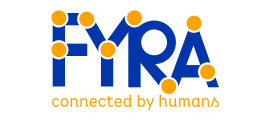
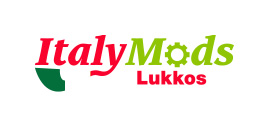
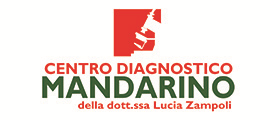
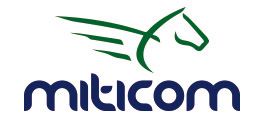

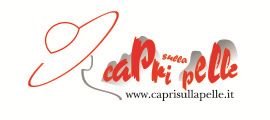





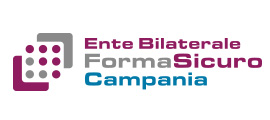
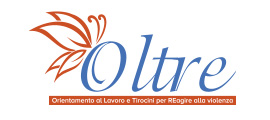
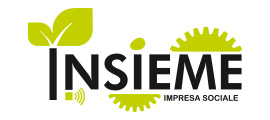
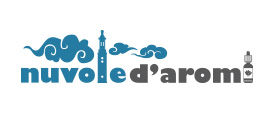



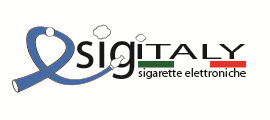
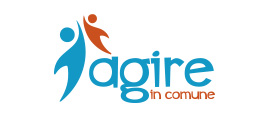

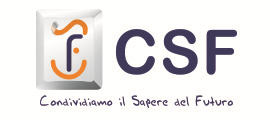



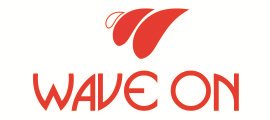
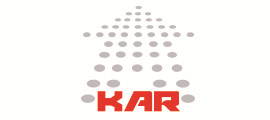


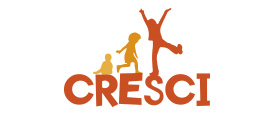

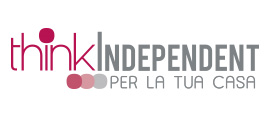



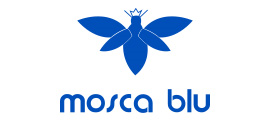

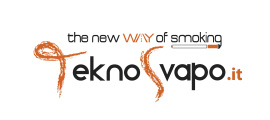
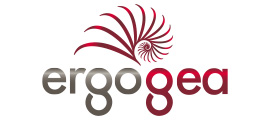
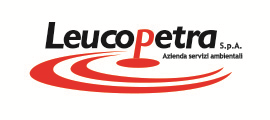
























Comments